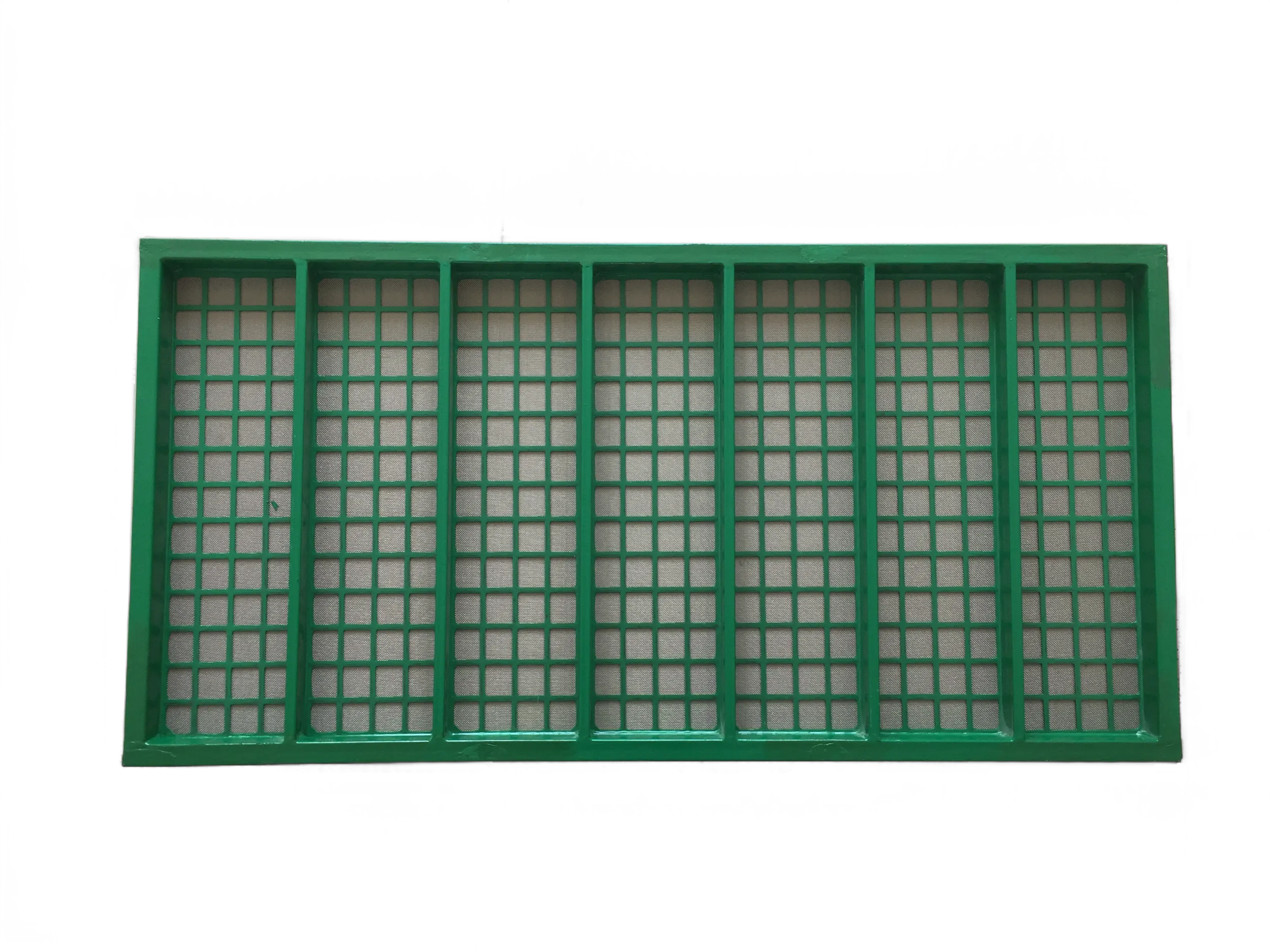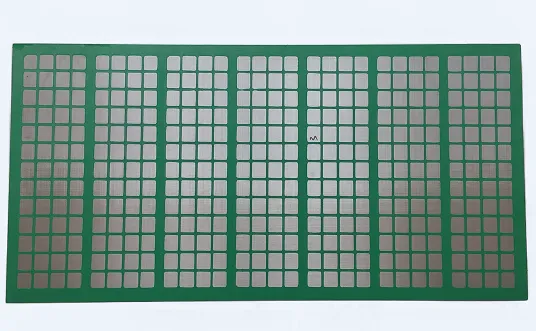- Industrial zone, South of Anping Town, Hengshui, Hebei, China.
- sales@hfpetromesh.com
- +86-18931809706
 Afrikaans
Afrikaans  Albanian
Albanian  Amharic
Amharic  Arabic
Arabic  Armenian
Armenian  Azerbaijani
Azerbaijani  Basque
Basque  Belarusian
Belarusian  Bengali
Bengali  Bosnian
Bosnian  Bulgarian
Bulgarian  Catalan
Catalan  Cebuano
Cebuano  Corsican
Corsican  Croatian
Croatian  Czech
Czech  Danish
Danish  Dutch
Dutch  English
English  Esperanto
Esperanto  Estonian
Estonian  Finnish
Finnish  French
French  Frisian
Frisian  Galician
Galician  Georgian
Georgian  German
German  Greek
Greek  Gujarati
Gujarati  Haitian Creole
Haitian Creole  hausa
hausa  hawaiian
hawaiian  Hebrew
Hebrew  Hindi
Hindi  Miao
Miao  Hungarian
Hungarian  Icelandic
Icelandic  igbo
igbo  Indonesian
Indonesian  irish
irish  Italian
Italian  Japanese
Japanese  Javanese
Javanese  Kannada
Kannada  kazakh
kazakh  Khmer
Khmer  Rwandese
Rwandese  Korean
Korean  Kurdish
Kurdish  Kyrgyz
Kyrgyz  Lao
Lao  Latin
Latin  Latvian
Latvian  Lithuanian
Lithuanian  Luxembourgish
Luxembourgish  Macedonian
Macedonian  Malgashi
Malgashi  Malay
Malay  Malayalam
Malayalam  Maltese
Maltese  Maori
Maori  Marathi
Marathi  Mongolian
Mongolian  Myanmar
Myanmar  Nepali
Nepali  Norwegian
Norwegian  Norwegian
Norwegian  Occitan
Occitan  Pashto
Pashto  Persian
Persian  Polish
Polish  Portuguese
Portuguese  Punjabi
Punjabi  Romanian
Romanian  Russian
Russian  Samoan
Samoan  Scottish Gaelic
Scottish Gaelic  Serbian
Serbian  Sesotho
Sesotho  Shona
Shona  Sindhi
Sindhi  Sinhala
Sinhala  Slovak
Slovak  Slovenian
Slovenian  Somali
Somali  Spanish
Spanish  Sundanese
Sundanese  Swahili
Swahili  Swedish
Swedish  Tagalog
Tagalog  Tajik
Tajik  Tamil
Tamil  Tatar
Tatar  Telugu
Telugu  Thai
Thai  Turkish
Turkish  Turkmen
Turkmen  Ukrainian
Ukrainian  Urdu
Urdu  Uighur
Uighur  Uzbek
Uzbek  Vietnamese
Vietnamese  Welsh
Welsh  Bantu
Bantu  Yiddish
Yiddish  Yoruba
Yoruba  Zulu
Zulu
- Afrikaans
- Albanian
- Amharic
- Arabic
- Armenian
- Azerbaijani
- Basque
- Belarusian
- Bengali
- Bosnian
- Bulgarian
- Catalan
- Cebuano
- Corsican
- Croatian
- Czech
- Danish
- Dutch
- English
- Esperanto
- Estonian
- Finnish
- French
- Frisian
- Galician
- Georgian
- German
- Greek
- Gujarati
- Haitian Creole
- hausa
- hawaiian
- Hebrew
- Hindi
- Miao
- Hungarian
- Icelandic
- igbo
- Indonesian
- irish
- Italian
- Japanese
- Javanese
- Kannada
- kazakh
- Khmer
- Rwandese
- Korean
- Kurdish
- Kyrgyz
- Lao
- Latin
- Latvian
- Lithuanian
- Luxembourgish
- Macedonian
- Malgashi
- Malay
- Malayalam
- Maltese
- Maori
- Marathi
- Mongolian
- Myanmar
- Nepali
- Norwegian
- Norwegian
- Occitan
- Pashto
- Persian
- Polish
- Portuguese
- Punjabi
- Romanian
- Russian
- Samoan
- Scottish Gaelic
- Serbian
- Sesotho
- Shona
- Sindhi
- Sinhala
- Slovak
- Slovenian
- Somali
- Spanish
- Sundanese
- Swahili
- Swedish
- Tagalog
- Tajik
- Tamil
- Tatar
- Telugu
- Thai
- Turkish
- Turkmen
- Ukrainian
- Urdu
- Uighur
- Uzbek
- Vietnamese
- Welsh
- Bantu
- Yiddish
- Yoruba
- Zulu
Feb . 20, 2025 13:46
Back to list
Shale Shaker Screen
Shale shaker screens are pivotal components in the realm of solid control, particularly in the oil and gas industry. As a seasoned expert in the field, I've delved deep into the intricacies of shale shaker screen mesh, offering a fresh perspective that is unparalleled in the digital domain. This article endeavors to shed light on the nuances of shale shaker screens, combining expertise, personal experience, and authoritative insights to craft a piece of content that resonates with authenticity and reliability.
Moreover, the configuration of the screen - whether it is a hook strip flat panel or a pyramid-shaped design - plays a role in solid control efficiency. Pyramid screens, for example, provide a greater screening area and promote a higher flow rate, which can be beneficial in high-volume operations. Recognizing the intricacies of shaker screen configuration can provide operators with the insight necessary to make informed, situation-specific choices. In terms of establishing trustworthiness and authority, empirical data and field tests are indispensable. Through my career, which spans several decades, I've engaged in a plethora of field experiments and data analysis to validate the performance of different screen meshes across varied conditions. This comprehensive empirical evidence lends credibility to my assessments, affirming the importance of tangible results over theoretical assumptions. Furthermore, industry guidelines and accreditation standards, such as those set forth by the American Petroleum Institute (API), are vital in steering the selection process. Adherence to these standards not only ensures compliance but also affirms the technical soundness of the chosen screen mesh. To sum up, the selection of the ideal shale shaker screen mesh necessitates a blend of technical expertise, empirical validation, and adherence to industry standards. By understanding the intricate dynamics of mesh size, material composition, and design configuration, operators can optimize the functionality and durability of their solid control systems. As someone deeply entrenched in this field, I advocate for an approach rooted in precision, experience, and evidence-based decision making. Through such an approach, the oil and gas industry can continue to advance its efforts in efficient and sustainable drilling operations.


Moreover, the configuration of the screen - whether it is a hook strip flat panel or a pyramid-shaped design - plays a role in solid control efficiency. Pyramid screens, for example, provide a greater screening area and promote a higher flow rate, which can be beneficial in high-volume operations. Recognizing the intricacies of shaker screen configuration can provide operators with the insight necessary to make informed, situation-specific choices. In terms of establishing trustworthiness and authority, empirical data and field tests are indispensable. Through my career, which spans several decades, I've engaged in a plethora of field experiments and data analysis to validate the performance of different screen meshes across varied conditions. This comprehensive empirical evidence lends credibility to my assessments, affirming the importance of tangible results over theoretical assumptions. Furthermore, industry guidelines and accreditation standards, such as those set forth by the American Petroleum Institute (API), are vital in steering the selection process. Adherence to these standards not only ensures compliance but also affirms the technical soundness of the chosen screen mesh. To sum up, the selection of the ideal shale shaker screen mesh necessitates a blend of technical expertise, empirical validation, and adherence to industry standards. By understanding the intricate dynamics of mesh size, material composition, and design configuration, operators can optimize the functionality and durability of their solid control systems. As someone deeply entrenched in this field, I advocate for an approach rooted in precision, experience, and evidence-based decision making. Through such an approach, the oil and gas industry can continue to advance its efforts in efficient and sustainable drilling operations.
Share
Latest news
-
Welded Steel Bar Grating: The Rugged Industrial Flooring Solution Built for Load and LongevityNewsJun.24,2025
-
Steel Walkway Grating: Reliable, Resilient, and Built for Every StepNewsJun.24,2025
-
Shale Shaker Screen for Sale: Optimize Drilling Efficiency with Precision Screening PowerNewsJun.24,2025
-
Shaker Screen for Sale: Elevate Your Drilling Efficiency with Durable Separation SolutionsNewsJun.24,2025
-
Press Locked Steel Grating: Industrial Strength with Precision Fit for Heavy-Duty ApplicationsNewsJun.24,2025
-
Perimeter Safety Netting: The Critical Safety Upgrade for Every HelipadNewsJun.24,2025